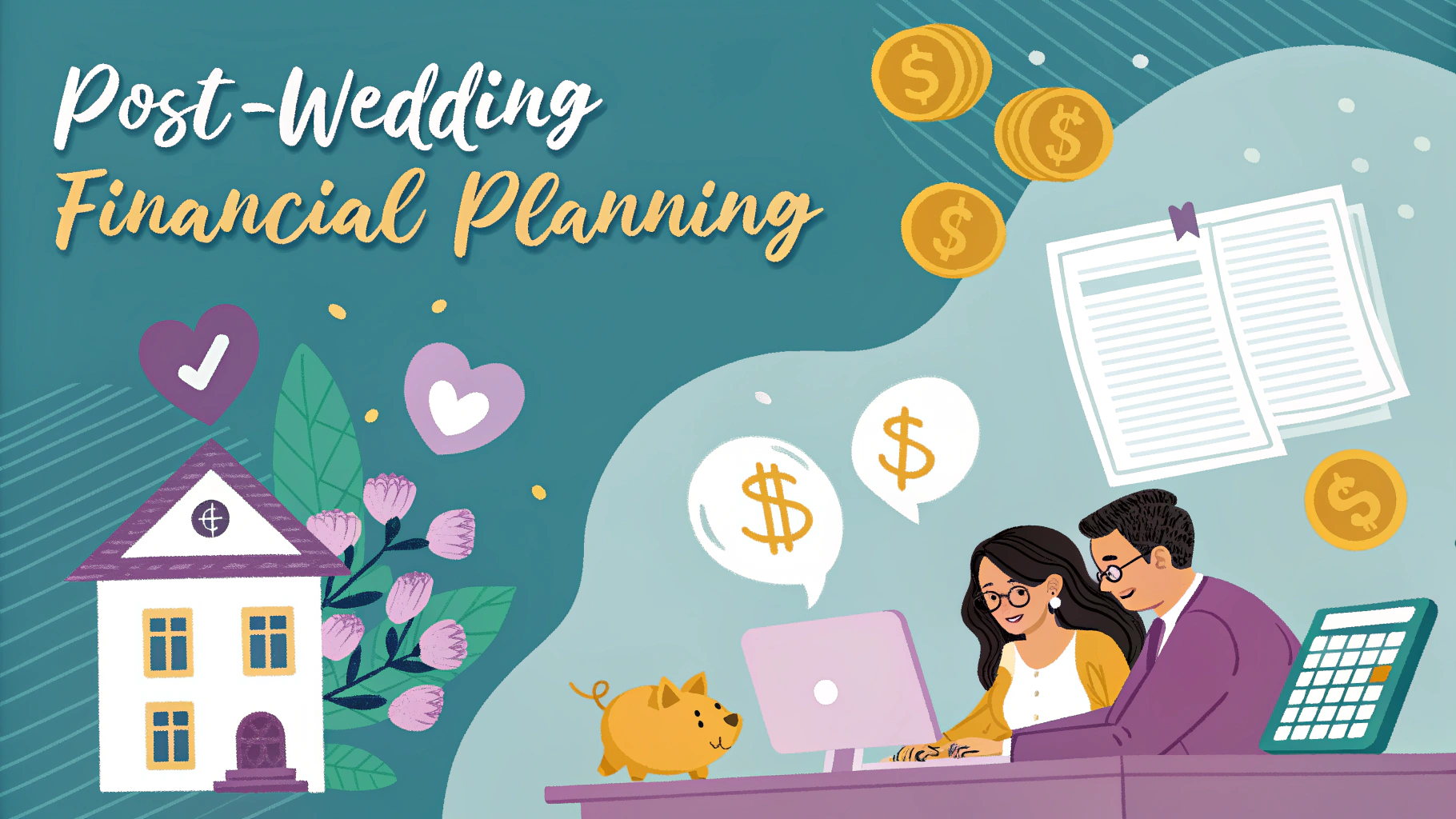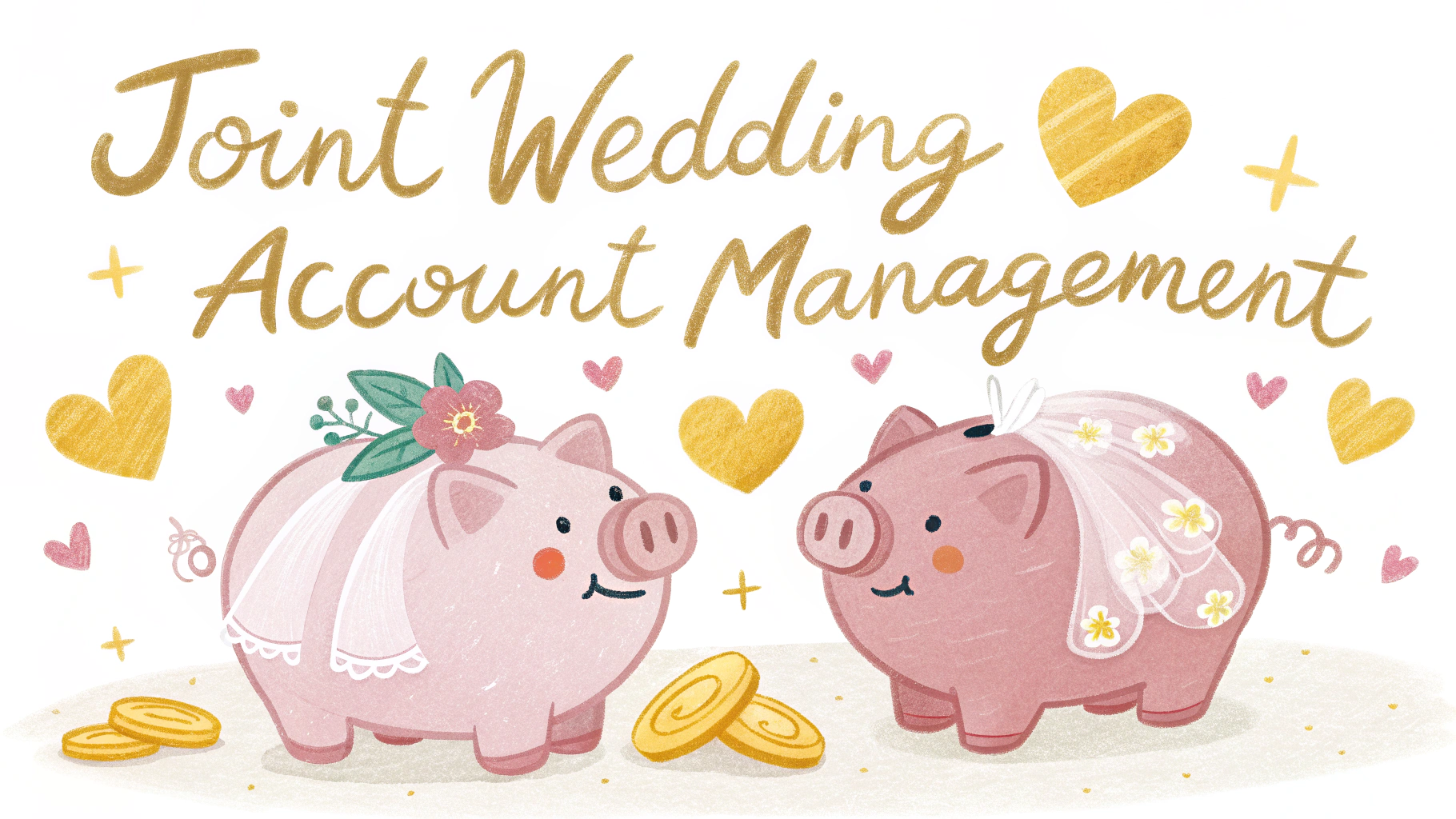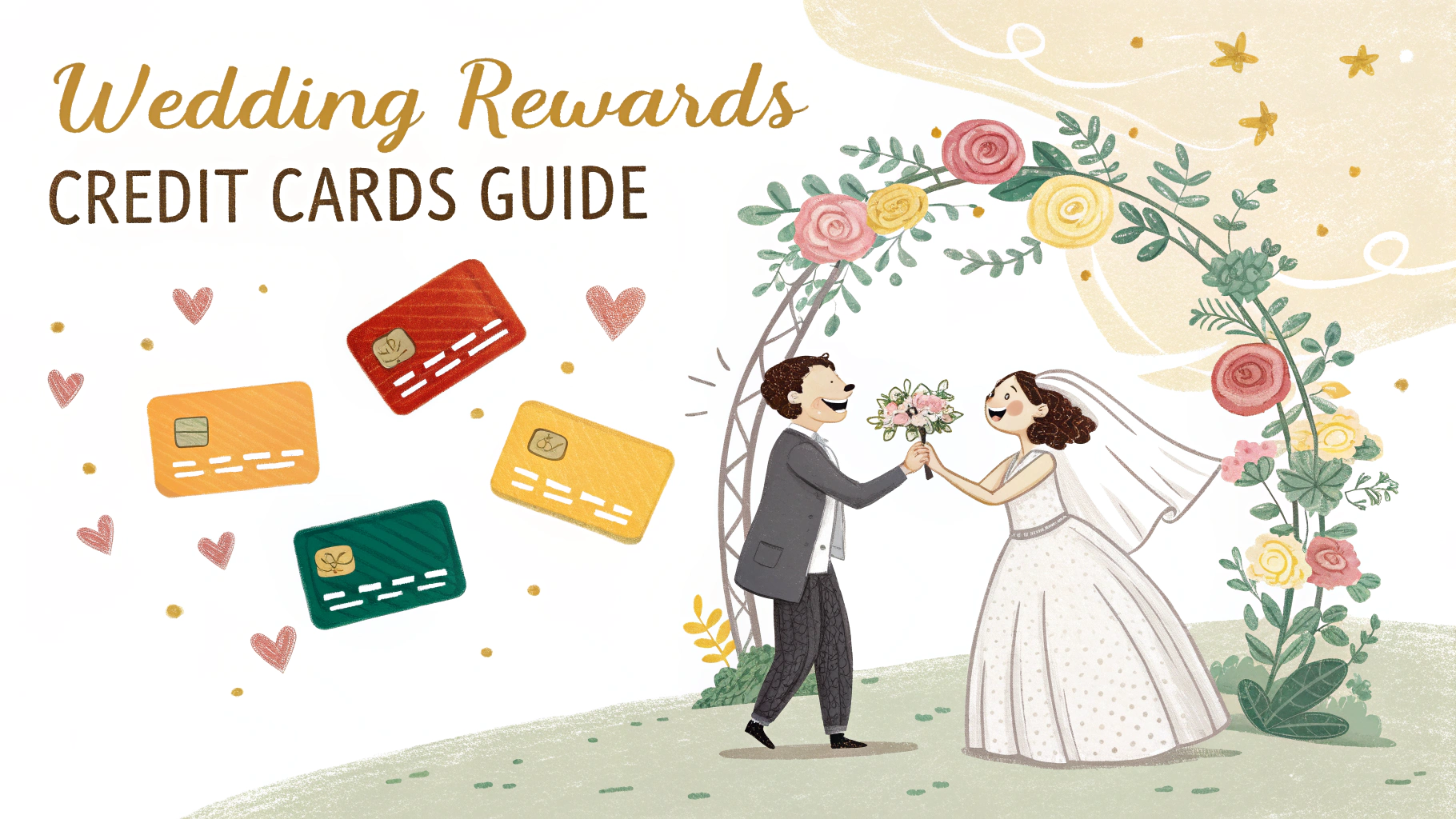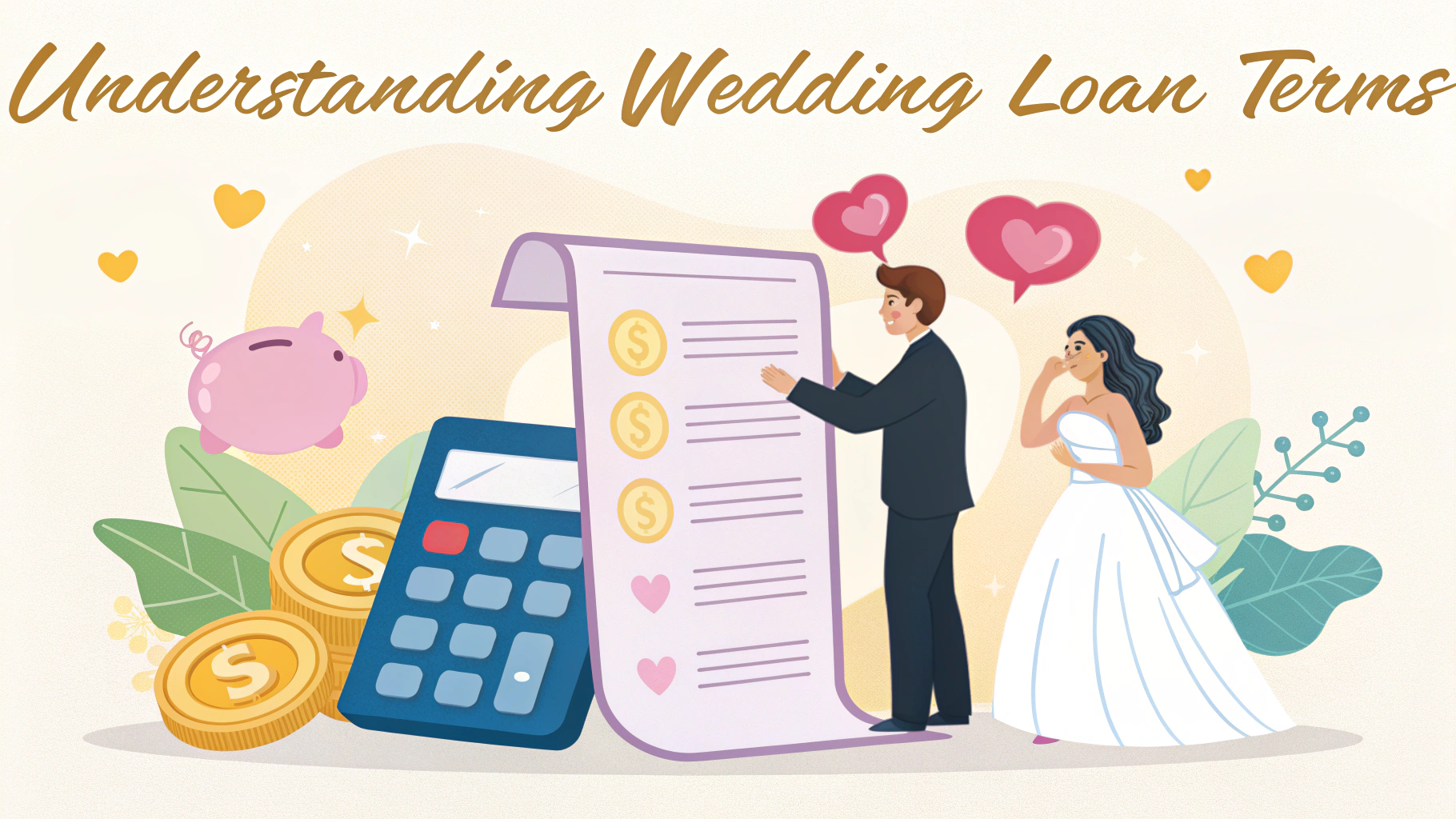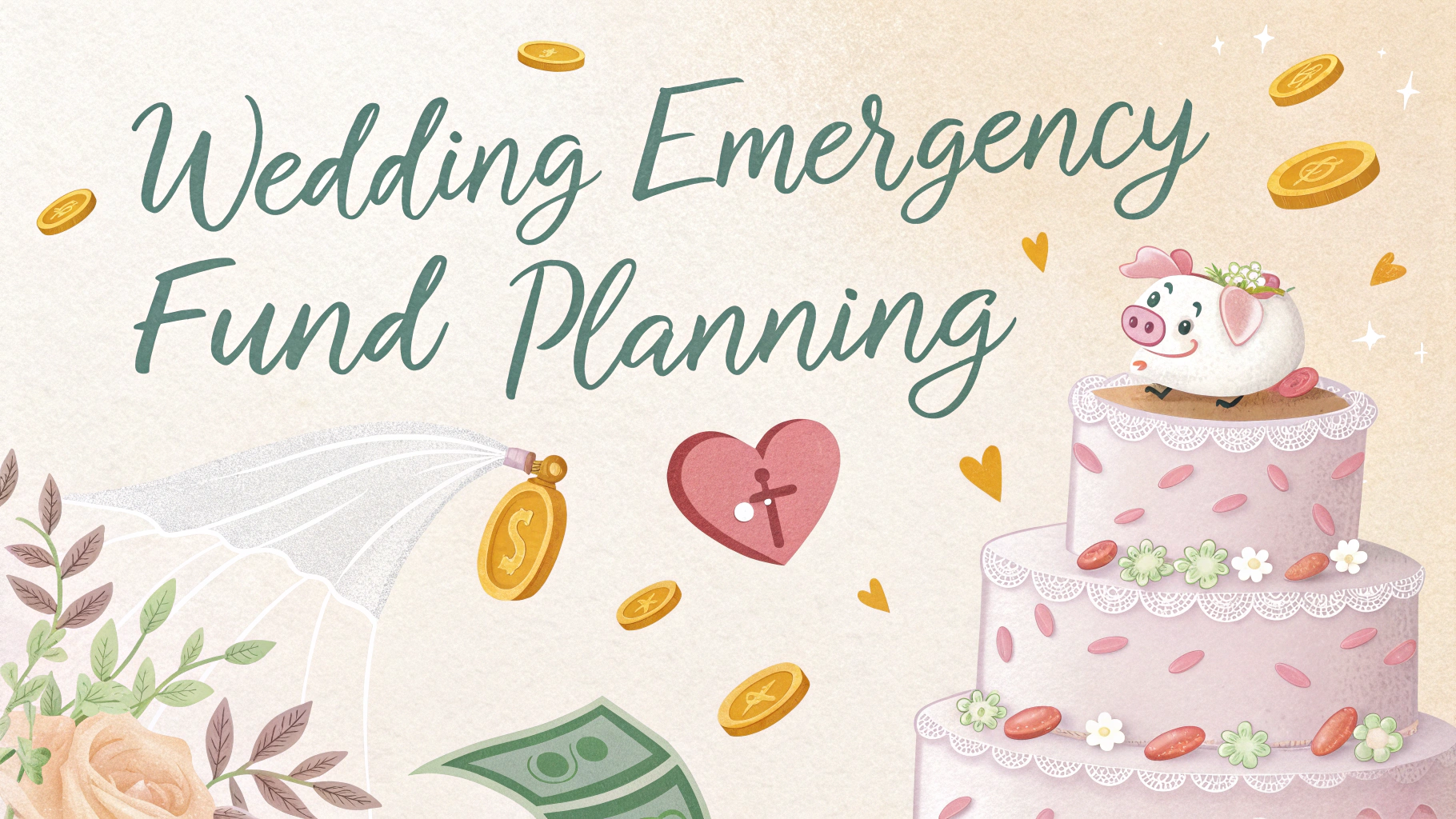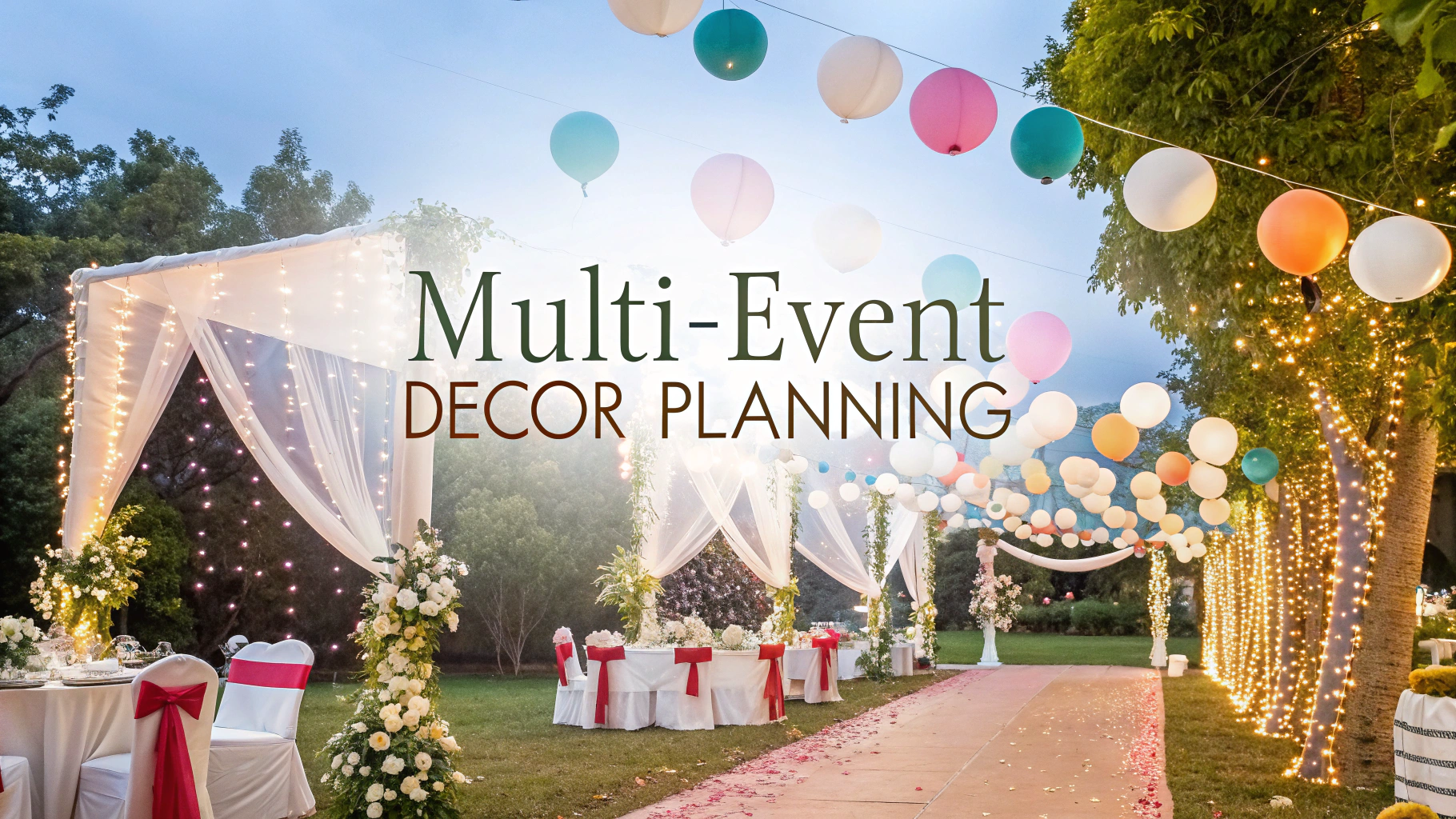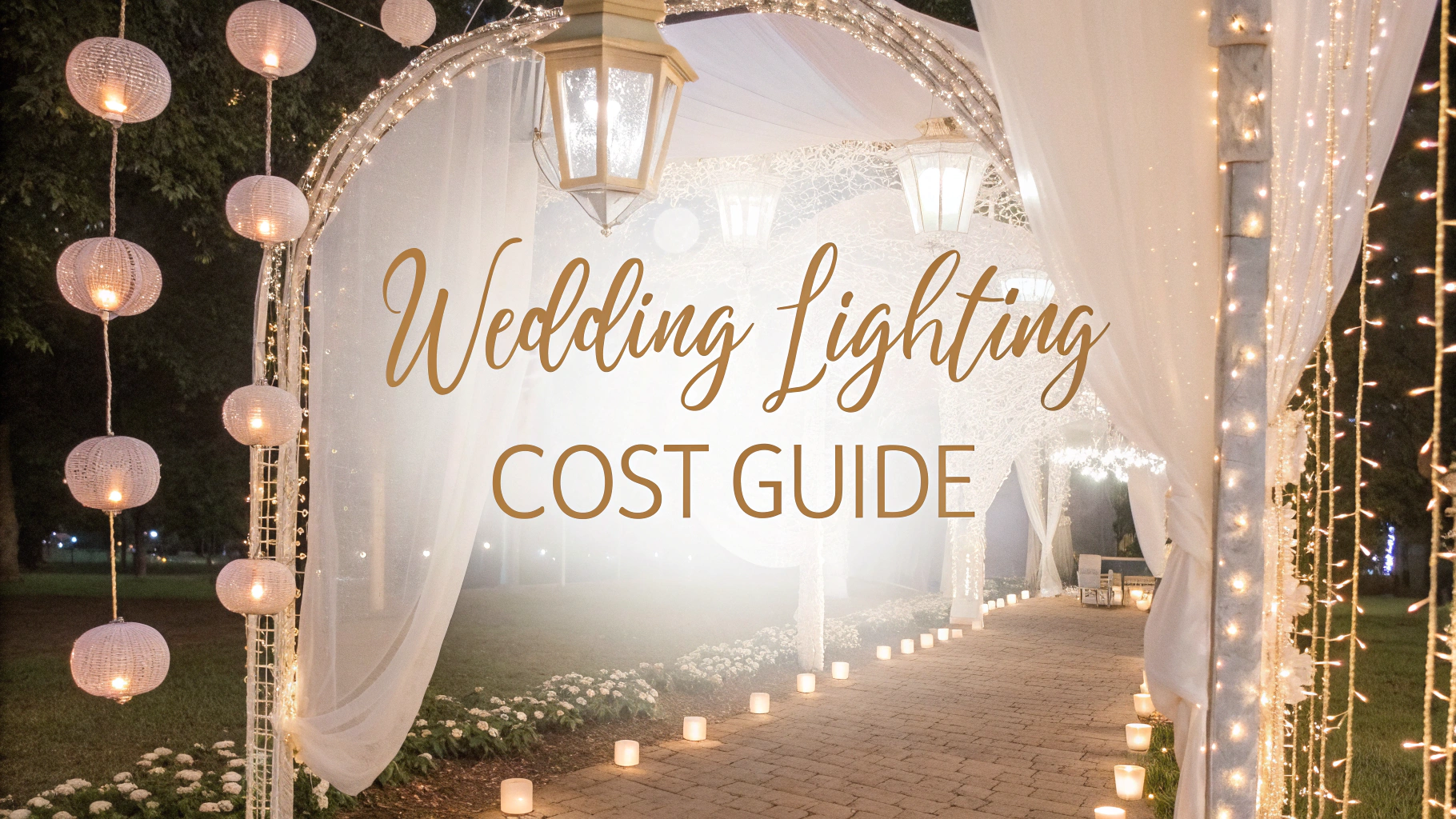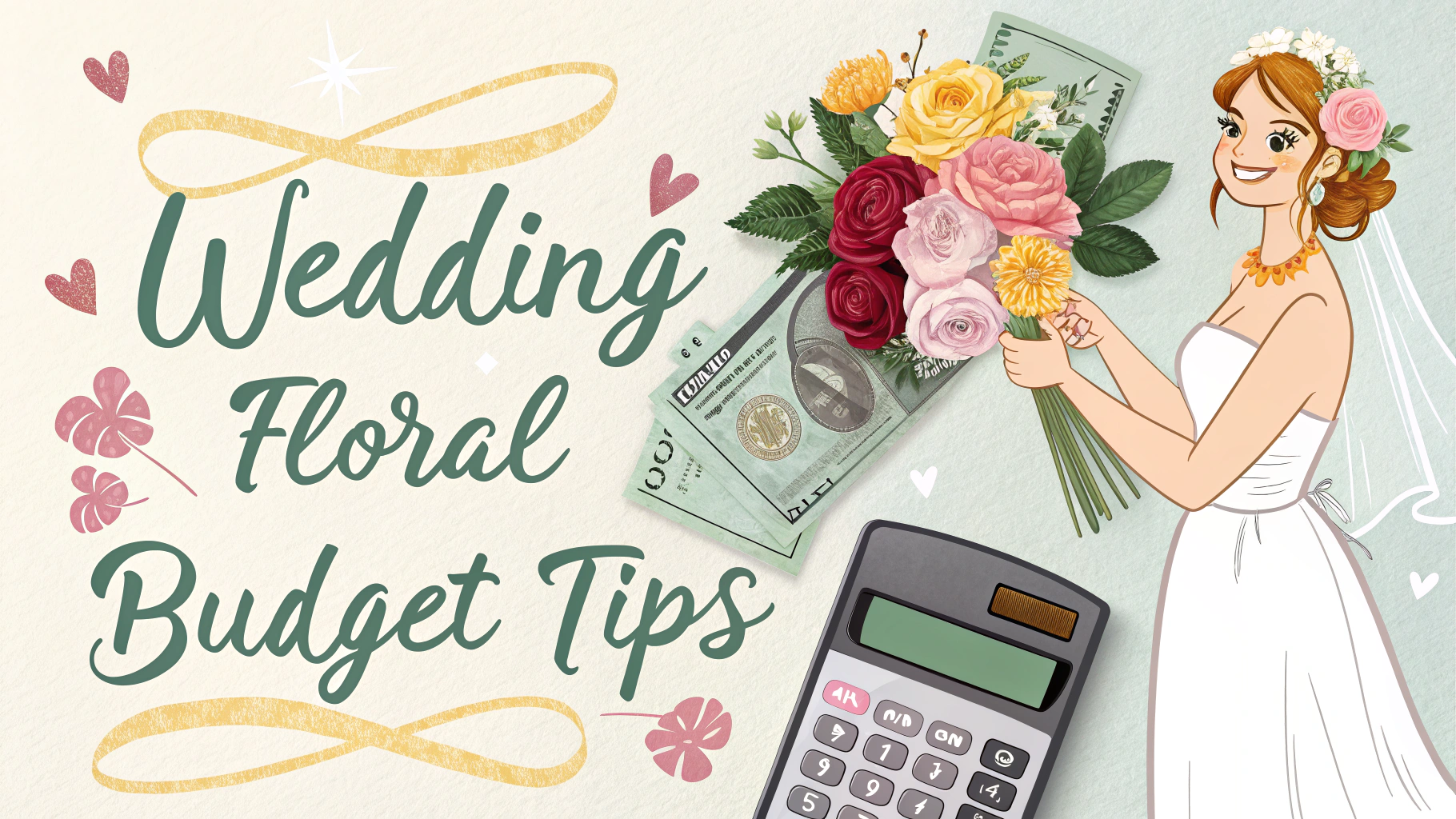Planning a $100,000 wedding allows for an upscale celebration with premium services and elegant details.
Sample Budget Breakdown
| Category | Amount | % of Budget |
|---|---|---|
| Venue & Rentals | $30,000 | 30% |
| Catering & Bar | $25,000 | 25% |
| Photography & Video | $10,000 | 10% |
| Flowers & Decor | $10,000 | 10% |
| Attire & Beauty | $8,000 | 8% |
| Entertainment | $7,000 | 7% |
| Stationery | $3,000 | 3% |
| Transportation | $2,000 | 2% |
| Wedding Rings | $3,000 | 3% |
| Contingency | $2,000 | 2% |
Venue & Rentals ($30,000)
- Premium venue rental: $20,000
- Tables, chairs, linens: $5,000
- Lighting and sound equipment: $3,000
- Tent or weather backup: $2,000
Catering & Bar ($25,000)
- Plated dinner service: $150-200 per person
- Premium open bar package
- Champagne toast
- Wedding cake and dessert station
Money-Saving Tips
- Book during off-peak season (November-April)
- Select a Friday or Sunday wedding date
- Limit the guest count to 150 or fewer
- Choose in-season flowers
- Skip unnecessary extras like wedding favors
Recommended Vendors
Research top-rated vendors through The Knot or WeddingWire.
Payment Timeline
- 12 months before: Pay venue deposit (20%)
- 6 months before: Pay vendor deposits (30-50%)
- 1 month before: Final payments due
Set aside 5-10% of your budget for unexpected expenses or upgrades.
Pro Tip:
Use a dedicated wedding credit card with rewards to earn points or cashback on your purchases.
Track all expenses in a spreadsheet or wedding planning app to stay within budget.
Consider wedding insurance to protect your investment, typically costing $200-600.
Additional Resources
- Brides.com – Wedding planning guides
- Minted.com – Custom stationery
- BHLDN – Designer wedding attire
Additional Planning Considerations
Wedding Day Timeline
- Hair and makeup: 4-5 hours before ceremony
- Photography: 2-3 hours for pre-ceremony shots
- Ceremony: 30-60 minutes
- Cocktail hour: 60 minutes
- Reception: 4-5 hours
Guest Experience Enhancements
- Welcome bags for out-of-town guests
- Interactive food stations
- Late-night snack service
- Valet parking service
- Professional wedding coordinator
Legal Requirements
- Marriage license procurement
- Venue permits and insurance
- Vendor contracts review
- Liability coverage verification
Conclusion
A $100,000 wedding budget provides ample opportunity for a luxurious celebration while requiring careful planning and allocation of resources. Success depends on:
- Early booking of premium vendors
- Detailed contract review and negotiation
- Regular budget monitoring
- Maintaining a contingency fund
- Professional coordination support
Focus spending on elements that create lasting memories and significantly impact guest experience. Prioritize quality vendors and services while remaining flexible with less essential details.
Final Tip:
Document all payments and maintain a wedding planning binder with contracts, receipts, and inspiration materials.
FAQs
1. How should I allocate a $100,000 wedding budget?
A typical breakdown is: Reception venue and catering (40% – $40,000), Wedding attire and accessories (10% – $10,000), Photography/videography (10% – $10,000), Flowers and décor (10% – $10,000), Music/entertainment (7% – $7,000), Wedding rings (5% – $5,000), Wedding planner (8% – $8,000), Transportation (3% – $3,000), Invitations/stationery (3% – $3,000), and Miscellaneous/emergency fund (4% – $4,000).
2. What percentage should I set aside for unexpected expenses?
Always reserve 5-10% of your total budget ($5,000-$10,000) for unexpected costs, last-minute changes, or surprise fees that weren’t initially factored into your budget.
3. Should I hire a wedding planner with this budget size?
Yes, with a $100,000 budget, hiring a professional wedding planner is recommended. They typically charge 8-10% of your total budget and can help secure vendor discounts, manage logistics, and potentially save money through their industry connections.
4. How many guests can I reasonably accommodate with a $100,000 budget?
With this budget, you can comfortably host 150-200 guests at a luxury venue, assuming approximately $200-250 per person for catering and venue costs, while maintaining high-quality services for other aspects.
5. What are the most expensive elements I should prioritize?
The reception venue, catering, and bar service typically consume the largest portion of your budget (around 40%). These should be prioritized first, followed by photography/videography and attire, as they significantly impact the wedding experience.
6. Is it worth spending $10,000 on wedding attire with this budget?
Yes, allocating 10% ($10,000) for wedding attire is appropriate for this budget level. This allows for a high-end wedding dress ($5,000-$7,000), accessories, alterations, and groom’s attire while maintaining proportion with other expenses.
7. How much should I allocate for flowers and décor?
With a $100,000 budget, allocating $10,000 (10%) for flowers and décor is standard. This covers ceremony and reception decorations, bridal party flowers, centerpieces, and specialty lighting or installations.
8. What type of entertainment can I afford with this budget?
A $7,000-$8,000 entertainment budget allows for a high-end band or DJ, ceremony musicians, and possibly additional entertainment like photo booths or specialty performers during cocktail hour.
9. Should I include a videographer in addition to a photographer?
Yes, with a $10,000 photography/videography budget, you can afford both services. Typically allocate $6,000-$7,000 for photography and $3,000-$4,000 for videography to capture your day comprehensively.
10. How much should I budget for wedding rings?
Setting aside $5,000 (5%) for wedding bands is appropriate for this budget level. This allows for high-quality, custom-made rings in precious metals with potential for some decorative elements or diamonds.

